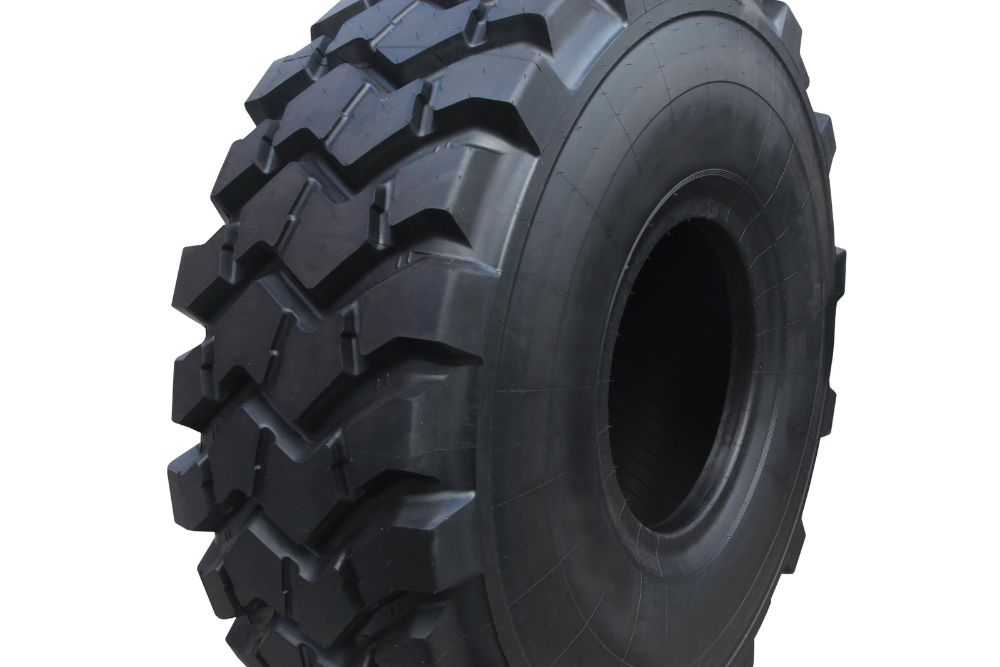Tractor Tire Conversion Chart: Understanding Tire Sizes with Visuals

Choosing the correct tractor tire size is crucial for maintaining proper performance, traction, and efficiency. However, many tractor owners face confusion when trying to convert between traditional “standard” tire sizes and modern metric formats. That’s where a tractor tire conversion chart comes in handy—it bridges the gap between old and new sizing systems, helping you select the right tire every time.
This article will explain how to read tire sizes, provide a helpful conversion chart, include a visual graph for size comparison, and offer guidance on choosing the best tire for your needs.
🛞 Tractor Tire Tools & Accessories
Valve stems, tire gauges, and bead breakers for your tire conversions.
Shop Tire Tools →As an Amazon Associate, I earn from qualifying purchases.
Why Tire Size Matters
Selecting the wrong tire size can affect:
- Traction and grip, especially on wet or uneven terrain
- Fuel efficiency, by causing excess drag or improper rolling resistance
- Implements and attachments, due to height mismatches or improper clearance
- Safety, especially on slopes or when carrying heavy loads
That’s why it’s essential to understand how standard and metric sizes align.
Understanding Tractor Tire Sizes
Tire sizes are typically written in one of two ways:
1. Standard Format (Imperial)
Example: 14.9-28
- 14.9 = Tire width in inches
- 28 = Rim diameter in inches
- Dash “-” indicates bias-ply construction
2. Metric Format
Example: 380/85R28
- 380 = Width of the tire in millimeters
- 85 = Aspect ratio (tire height is 85% of its width)
- R = Radial construction
- 28 = Rim diameter in inches
Knowing how these systems relate is essential when replacing or upgrading your tires.
Tractor Tires for Sale
Tractor Tire Conversion Chart
Below is a practical reference chart that converts common standard tire sizes to their metric equivalents. It also includes their approximate tire width and rim diameter.
You can use this table to match your current tires with updated versions in metric sizes, or vice versa.

Using the Chart
Let’s say your tractor currently uses 14.9-28 tires. Looking at the chart, the equivalent metric size is 380/85R28. This gives you a direct reference point when shopping for replacements.
If you need to compare width or rim fitment across models, the tire width and rim diameter columns can help you spot differences at a glance.
Visual Comparison: Width vs. Rim Diameter
The scatter plot shown compares tire width to rim diameter across the sizes listed in the chart. As tire width increases, so does the likelihood of a larger rim, though some models share the same rim diameter with a range of widths.
This visual helps identify tires with similar fitment but different load capacities or flotation benefits. For example, both 12.4-28 and 14.9-28 use the same rim size but have noticeably different widths and applications.
Need Tires or Wheel Accessories?
Find replacement tires, tubes, and rim guards for your tractor.
Browse Tires on Amazon →As an Amazon Associate, I earn from qualifying purchases.
Factors to Consider When Converting Tires
When using a conversion chart, it’s not enough to simply match sizes—you also need to consider the following:
1. Application
Are you using your tractor primarily for fieldwork, mowing, hauling, or construction? Wider tires provide more flotation, while narrower tires are better for row crops and tight turns.
2. Load Rating
Make sure the replacement tire can support the weight of your tractor and any attached implements.
3. Clearance
Larger tires may rub against fenders, axles, or attachments. Always verify there’s enough clearance when changing widths.
4. Tread Pattern
Choose tread patterns suited to your terrain:
- R1 (Agricultural): Deep lugs for muddy soil
- R3 (Turf): Shallow treads for grass
- R4 (Industrial): Durable treads for construction and hard surfaces
Radial vs. Bias-Ply Tires
While many standard sizes imply bias-ply construction, most metric tires are radial. Here’s how they differ:
| Feature | Radial | Bias-Ply |
| Ride Comfort | Smoother | Harsher |
| Tire Life | Longer | Shorter |
| Fuel Efficiency | Better | Moderate |
| Cost | Higher upfront | Lower upfront |
| Best For | General fieldwork, road | Tough terrain, loaders |
If you’re upgrading, it’s often worth switching to radial tires for better durability and comfort.
Conclusion
Whether you’re replacing old tractor tires or upgrading to a new setup, having access to a tractor tire conversion chart simplifies the process. By understanding how standard and metric tire sizes align—and how to interpret key measurements—you can make smart, informed choices that improve your tractor’s performance and longevity.
Use the chart and graph as a go-to reference when shopping for tires, consulting a dealer, or comparing specs across equipment. If you’re ever in doubt, it’s always best to consult your tractor’s manual or a tire specialist.

